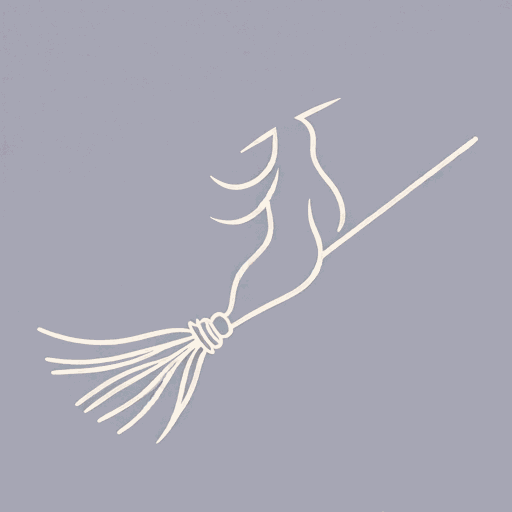42 pages • 1 hour read
Silvia FedericiCaliban and the Witch: Women, the Body and Primitive Accumulation
Nonfiction | Book | Adult | Published in 2004A modern alternative to SparkNotes and CliffsNotes, SuperSummary offers high-quality Study Guides with detailed chapter summaries and analysis of major themes, characters, and more.
Chapter 1Chapter Summaries & Analyses
Chapter 1 Summary: “All the World Needs a Jolt”
Analysis of early modern Europeans’ development into a capitalist society begins with the history of the anti-feudal struggle. As feudalism disintegrated in the early modern era, working people demanded better lives. Capitalism emerged as elites fought against their demands. An early “grassroots women’s movement opposed to the established order” blossomed out of this clash (22).
Serfdom dominated life in medieval Europe, serving as the dominant class relation. Furthermore, according to Marxist theory, feudal life provided conditions that were better for the proletariat than capitalism because serfs could “access the means of their reproduction” (23). Women’s lives were better in the Middle Ages than under capitalism, too. For example, overlords gave serfs strips of land that they lived on and farmed in exchange for their (forced) labor, and they had direct access to the common lands, including hay meadows, forests that could be foraged, and pastures for grazing. Women serfs had more freedom of movement and were less dependent on their male relations than women under capitalism, although they were still subordinate to men and subject to the authority of the estate’s lord. Gender divided labor but women’s work held value: “Women worked in the fields, in addition to raising children, cooking, washing, spinning, and keeping an herb garden” (25).

